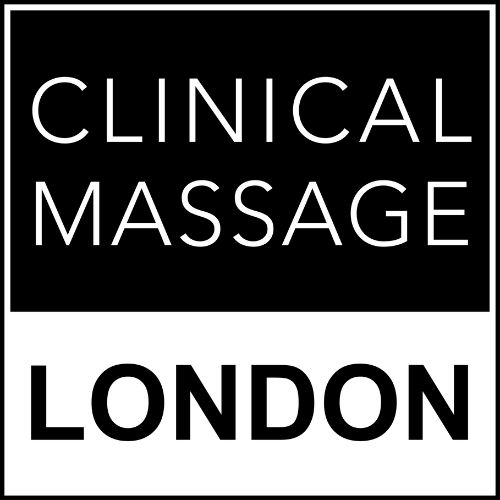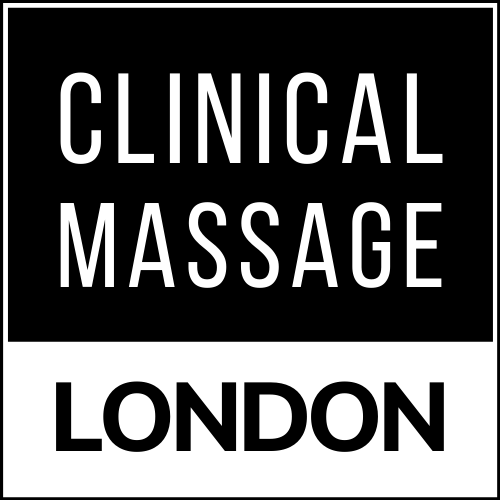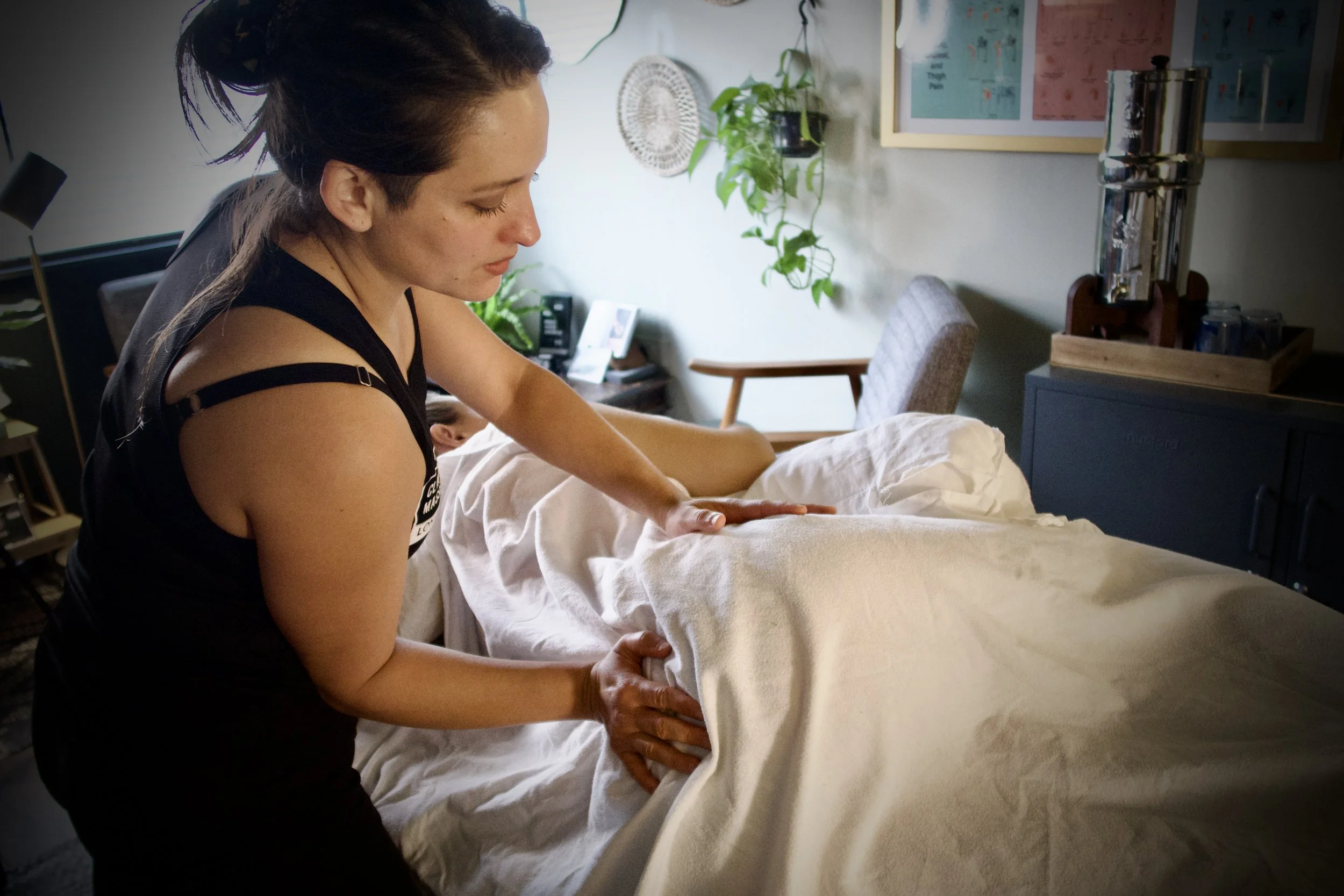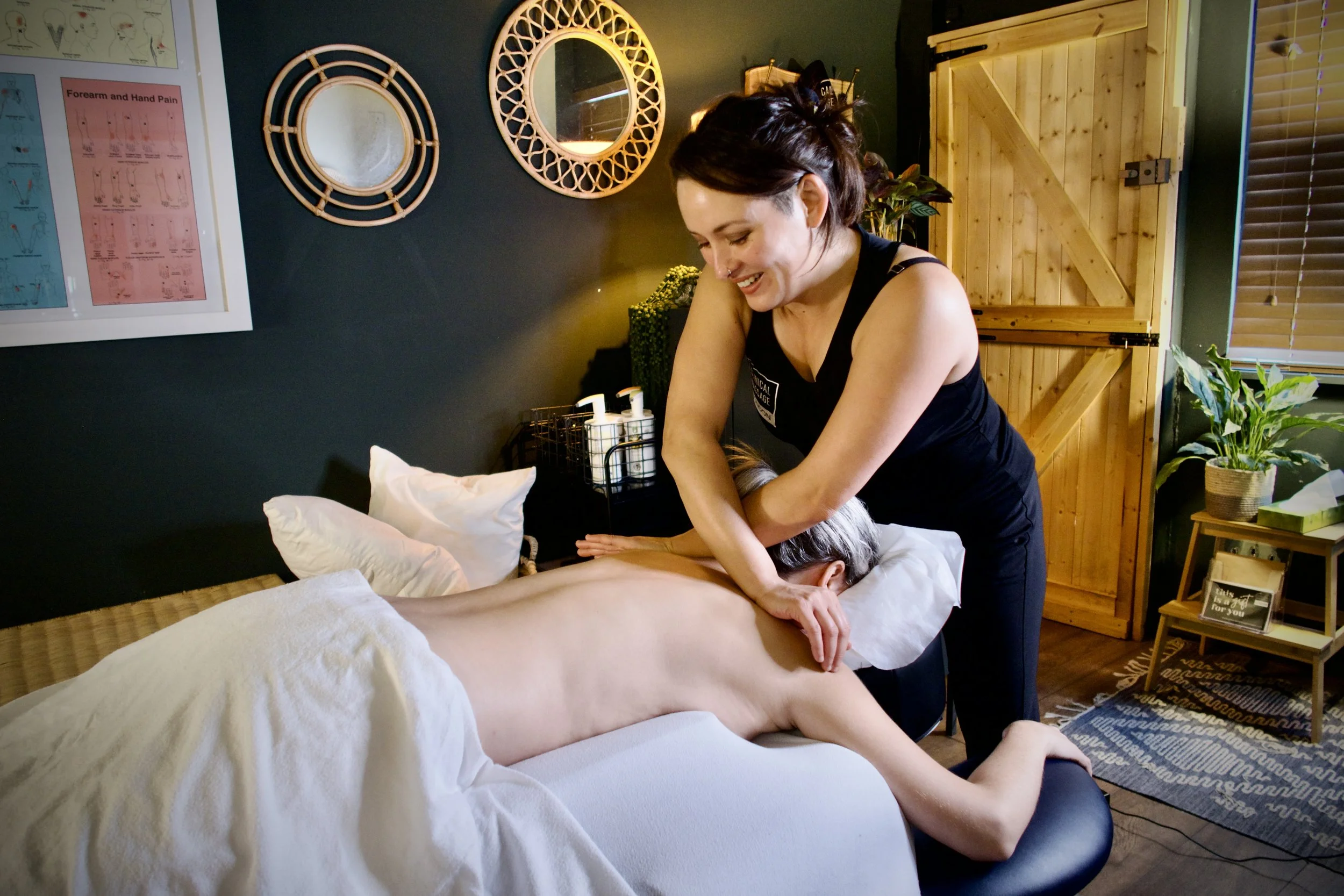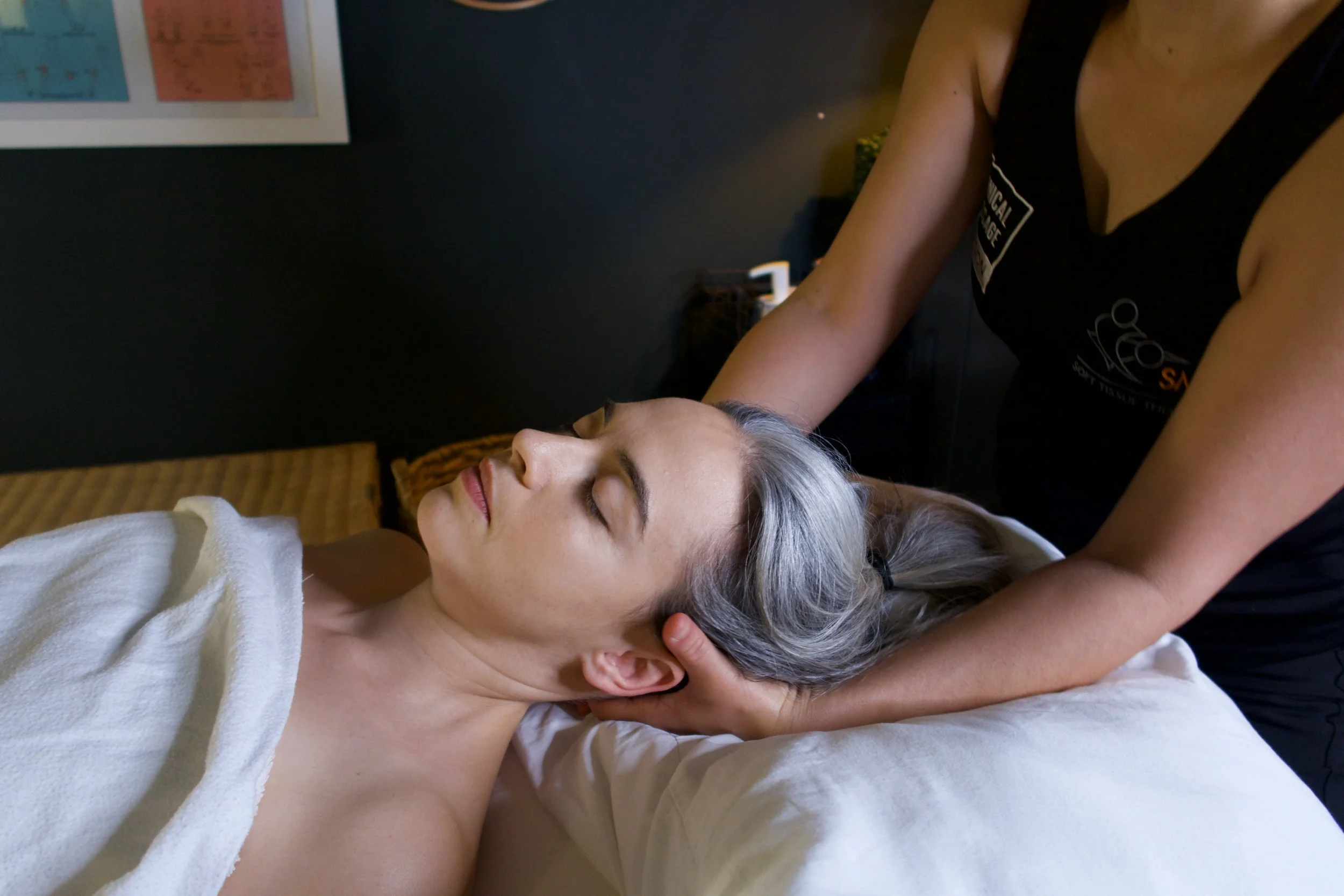
What is Clinical Massage Therapy?
BY NATALIE HENG
Clinical & Sports Massage Therapist (BTEC 6, SMA Reg) | Ex-Science Writer | BSc (Hons)
Clinical and sports massage is a form of goal-oriented soft-tissue therapy that focuses on reducing pain, easing muscle tension, improving movement, and supporting recovery from physical stress, injury, or repetitive load.
It sits at the intersection of manual therapy, rehabilitation support, and wellbeing care.
The term clinical massage refers to massage therapy that is grounded in clinical reasoning. It reflects a knowledge-based approach to assessing and treating soft tissue conditions and musculoskeletal disorders.
A clinical massage therapist should have a strong understanding of musculoskeletal anatomy and common soft tissue conditions, and be competent in the assessment and evidence-informed treatment of these issues.
What Techniques are used in a Clinical & Sports Massage?
Typically, these may include Deep Tissue massage, Myofascial Release, Trigger point therapy, Swedish massage and Sports Stretching, applied with a broad or specific focus tailored to the needs of the client.
An understanding of the physiological characteristics of your condition, and the physiological effects of the techniques at your therapist’s disposal, are what help ensure each treatment is delivered as efficiently and effectively as possible.
Massage may help alleviate pain and tension associated with trigger points, muscle overactivity (hypertonicity), and fatigue, including discomfort that can arise when muscles are inhibited or weakened due to persistent tightness or pain.
In some cases, reducing excessive muscle tension may help lessen symptoms associated with repetitive strain injuries (RSI) or reduce pressure on sensitive structures contributing to pain, numbness, or altered sensation in certain nerve-compression syndromes.
It is important to note that massage does not replace medical or rehabilitative care. Rather, it can support recovery by improving comfort, tolerance to movement, and overall quality of motion, while we remain mindful of our scope of practice and refer or liaise with other healthcare professionals when appropriate.
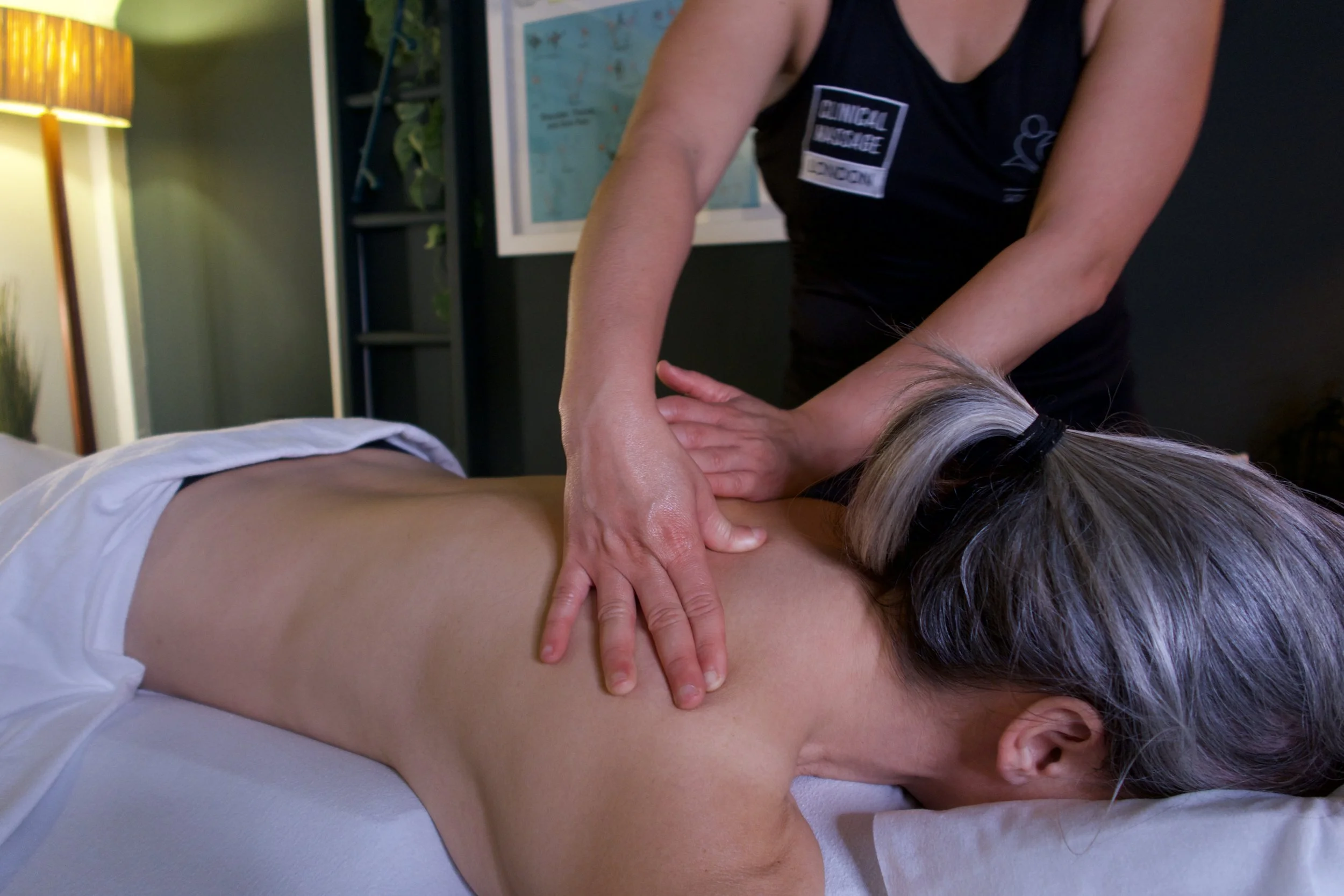
Is there a difference between a ‘Clinical’ and ‘Sports’ massage?
The content of any massage session depends on the training and qualifications of your therapist. While many of the same techniques may be used across clinical and sports massage, there can be differences in the application of advanced knowledge, such as functional anatomy, soft tissue assessment, and clinical reasoning.
For example, only Level 4 and Level 5 qualified sports massage therapists have typically received the training necessary to deliver a targeted, evidence-informed approach to specific musculoskeletal conditions and soft tissue disorders.
That said, as long as a practitioner is competent in the assessment and treatment of common soft tissue conditions, the terms clinical and sports massage are often used interchangeably, reflecting different emphases rather than entirely separate modalities.
If ‘clinical massage’ and ‘sports massage’ use similar techniques, why do two different terms exist?
The term ‘sports massage’ arose when the therapeutic benefits of massage were popularised among athletes, as summarised by this blog article by massageschoolnotes.com.
The publication of professional athlete and massage therapist Jack Meagher’s classic book ‘Sportsmassage: A complete Program for Increasing Performance and Endurance in Fifteen Popular Sports’ in 1980 for example, was just one of a number of ways the term was written about and popularized.
Simultaneously, the use of massage by key practitioners outside of sports performance led to advanced treatments for non sports-related conditions, with pioneers such as Ida Rolf, James Cyriax, and Janet Travell beginning to experiment and integrate advanced protocols into therapeutic massage applications (Stillerman, 201), leading to the development of the terms ‘orthopedic massage’, ‘clinical massage’ and ‘therapeutic massage’.
Over the years, many educators who traditionally taught sports massage such as James Waslaski, Ben Benjamin, and various others have also moved to using the terms ‘orthopedic massage’ and ‘clinical massage’ because it more appropriately refers to treatment of all musculoskeletal conditions, regardless of whether they arose within a sporting or non-sporting environment (Stillerman 202).
Reference: Stillerman, Elaine. Modalities for Massage and Bodywork. Elsevier/Mosby, 2015.
Understanding The Pain Cycle
Muscular tension and soft-tissue discomfort often develop gradually. Factors such as poor ergonomics, repetitive work tasks, sports training, prolonged sitting, general stress, and anxiety can all contribute to increased muscle tone (hypertonicity) and localised pain.
Many people recognise this pattern: a long day at work leading to neck or back ache, which then interferes with sleep. Poor sleep can increase fatigue and stress, which in turn can heighten pain sensitivity and muscle tension, feeding back into the cycle and making symptoms feel harder to break.
Over time, repetitive strain from work, exercise, or daily activities may contribute to persistent discomfort, reduced mobility, and general physical exhaustion.In some cases, reducing excessive muscle tension may help lessen symptoms associated with repetitive strain injuries (RSI) or reduce pressure on sensitive structures contributing to pain, numbness, or altered sensation in certain nerve-compression syndromes.
How Clinical & Sports Massage Can Help
Massage aims to interrupt this cycle by addressing soft-tissue contributors to pain and discomfort, including chronic muscle tension and myofascial trigger points commonly associated with musculoskeletal pain.
Depending on the individual, massage may help to:
Reduce pain and discomfort linked to muscle tension and overactivity
Calm the nervous system and promote relaxation
Improve comfort and tolerance to movement
Support better sleep and stress regulation
For some people, reducing muscle tension and trigger point sensitivity may also help ease symptoms related to repetitive strain injuries (RSI) or discomfort associated with nerve compression syndromes, such as pain, tightness, or altered sensation. Outcomes vary, and massage is not a replacement for medical care, but it can play a supportive role.
Common reasons clients seek treatment include:
Stress reduction and relaxation
Sleep support
Pain management
Improving mobility and movement quality
Injury prevention and recovery support
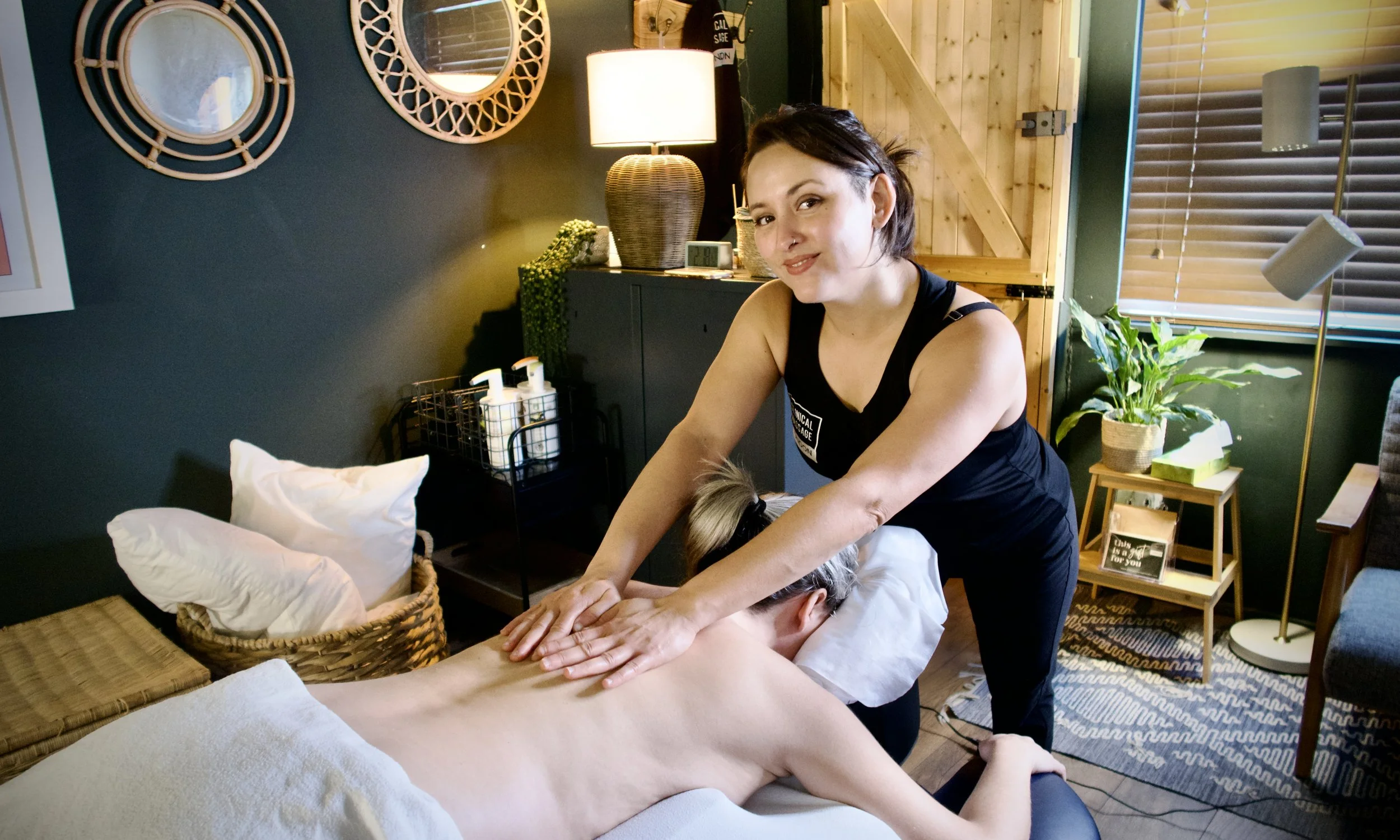
Here is the Complementary and Natural Healthcare Council’s official definition of ‘Massage Therapy’
Massage Therapy
In all types of massage therapy, the intention is to relax the soft tissues, increase delivery of blood and oxygen to the massaged areas, warm them, and help the body to relax. In a typical massage therapy session, the practitioner will discuss symptoms, medical history and the desired results. The practitioner generally performs some evaluation through touch before beginning the massage. Oil or powder help reduce friction on the skin and the therapist may use other aids, such as ice, heat, fragrances, or machines. Massage may be found to bring relief from everyday aches, reduce stress, increase relaxation, address feelings of anxiety and tension, and aid general wellness. It can also be used in support of other therapies to assist in the rehabilitation of muscular injuries.
Book and Find out Why Our Clients Rave About Our Massage Treatments
Visit Our North London Treatment Space
Clinical Massage Therapy - Frequently Asked Questions
FAQ
-
Clinical Massage is a knowledge-based approach to treating soft tissue conditions and disorders. The term ‘clinical massage’ refers to massage therapy that is rooted in clinical reasoning. It implies a knowledge-based approach to treating soft tissue conditions and disorders. Any individual who terms themselves a ‘clinical massage therapist’ should be versed in musculoskeletal anatomy and common soft tissue disorders, and be competent in the assessment and treatment of those conditions.
-
Unlike spa massages, which are generally aimed at relaxation, clinical massages tend to be targeted treatments that are tailored to the specific goals and objectives of the individual, and will include a brief client consultation before treatment, and possibly a pre-treatment assessment and aftercare advice depending on the treatment objectives.
-
Clinical massage is designed to support anyone experiencing muscular pain, tension, or movement restrictions — whether due to everyday stress, postural habits, or injury. At Clinical Massage London, our approach benefits a wide range of people, including:
Desk-based professionals dealing with neck, shoulder, or lower back pain from long hours at a computer
Active individuals and athletes recovering from training or managing overuse injuries
People with chronic pain conditions such as sciatica, tension headaches, fibromyalgia, or TMJ (jaw pain)
Pregnant people seeking relief from pregnancy-related aches and postural changes
Anyone feeling stressed or fatigued and in need of targeted relief combined with relaxation
Because our treatments are tailored to the individual, clinical massage can also be ideal for those who haven’t had success with traditional relaxation massage — and are looking for a more therapeutic, outcome-based approach.
